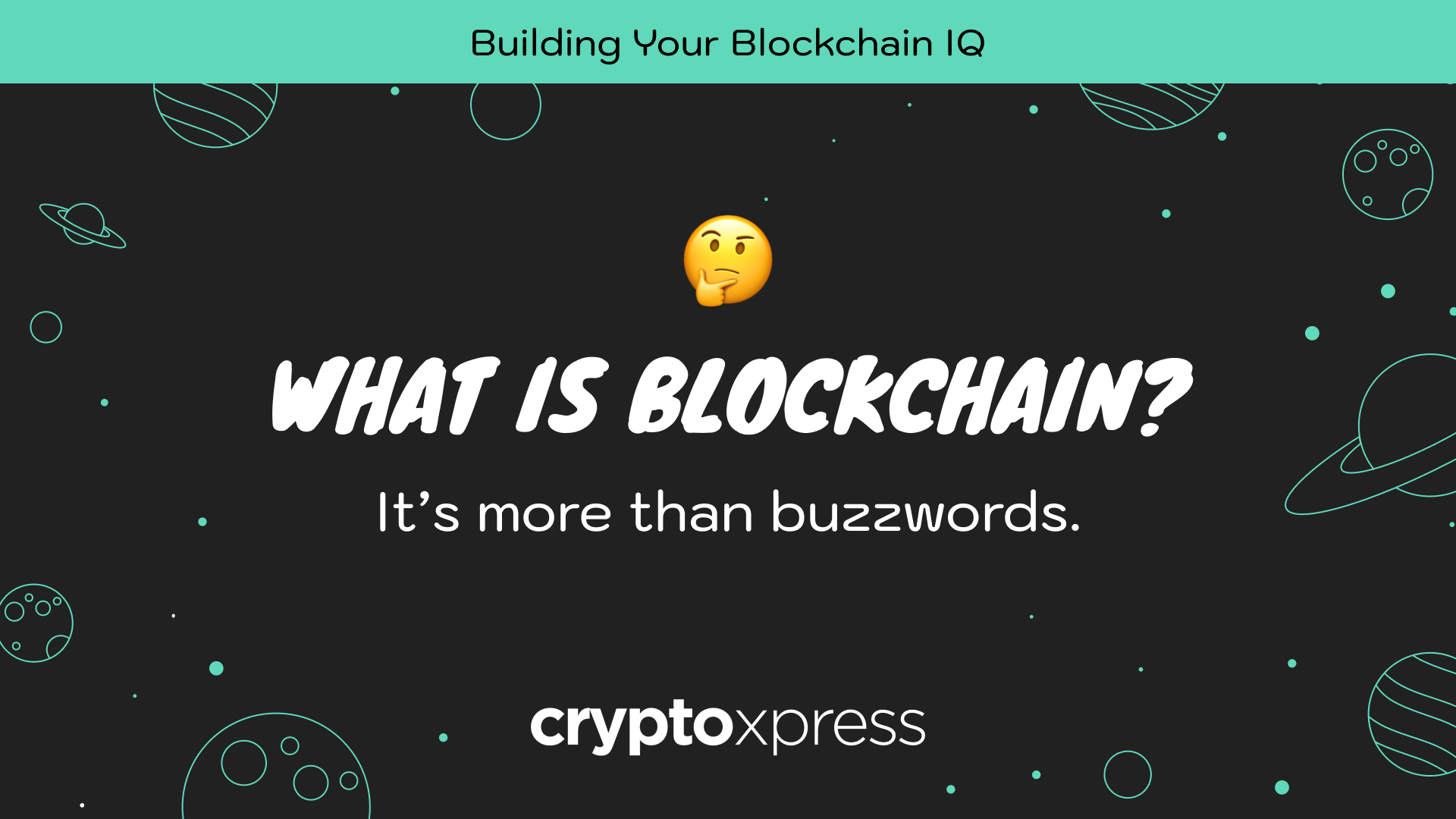|
Getting your Trinity Audio player ready...
|
In the vast expanse of the digital universe, where the internet has evolved from static pages to dynamic platforms, the transition from Web2 to Web3 marks a significant paradigm shift. From centralized control to decentralized autonomy, let’s delve into the intricate layers of these two distinct eras of the internet.
Unraveling Web2
The advent of Web2 brought forth a digital landscape characterized by user-generated content and social interaction. Platforms like Facebook, Instagram, and Twitter became the new agora, where individuals could freely express themselves and connect with others. However, beneath the surface of seemingly boundless connectivity lay a centralized infrastructure where user data served as currency, traded among tech giants for profit.
Web2 empowered users to create and share content effortlessly, fostering a culture of collaboration and engagement. Yet, it also raised concerns regarding data privacy and centralized control, as corporations wielded immense power over the digital realm.
The Emergence of Web3
Enter Web3 – a decentralized frontier built on the principles of blockchain technology and distributed networks. In this new paradigm, users reclaim ownership of their data and transactions occur peer-to-peer, eliminating the need for intermediaries. Ethereum, with its smart contracts and decentralized applications (dApps), serves as the cornerstone of Web3, offering a platform for innovation and autonomy.
Web3 promises a future where censorship-resistant communication, transparent transactions, and user sovereignty reign supreme. Imagine a social media landscape where content cannot be censored, payment systems free from surveillance, and digital identities secure from exploitation.
Contrasting Features: Web2 vs. Web3
| Features: | Web2 | Web3 |
| Ownership and Control | Centralized platforms retain control over user data and content, often monetizing them for corporate gain | Decentralized networks empower users with ownership rights, ensuring control over their data and transactions |
| Payment Systems | Transactions are conducted using fiat currencies, subject to the regulations and fees imposed by financial institutions | Cryptocurrencies such as Ethereum and Bitcoin facilitate peer-to-peer transactions, bypassing traditional banking systems and their associated costs |
| Infrastructure | Relies on centralized servers operated by tech companies, susceptible to downtime and censorship | Utilizes decentralized networks powered by blockchain technology, ensuring resilience and censorship resistance |
| Privacy and Security | User data is vulnerable to breaches and exploitation, as centralized platforms store vast amounts of personal information | Offers enhanced privacy and security through encryption and decentralized storage, minimizing the risk of data breaches and unauthorized access |
Challenges of Web3 Adoption
While Web3 holds immense promise, it also faces challenges that must be addressed for widespread adoption.
Scalability
Web3 faces scalability challenges due to the decentralized nature of blockchain technology. As transaction volumes increase, the network may struggle to process them efficiently, leading to slower transaction times and higher fees. Solutions such as layer 2 scaling solutions and sharding are being explored to address this issue.
User Experience
Interacting with decentralized applications (dApps) on Web3 can be complex for users accustomed to the intuitive interfaces of centralized platforms. Improving the user experience of dApps, making them more user-friendly and accessible, is essential for widespread adoption.
Accessibility
While Web3 promises greater autonomy and ownership of data, it also requires users to understand concepts such as private keys, wallets, and smart contracts. Bridging the gap between technical complexity and user accessibility is critical to ensure that Web3 is inclusive and accessible to all users, regardless of their technical expertise.
Regulatory Uncertainty
The regulatory landscape surrounding cryptocurrencies and decentralized finance (DeFi) is still evolving, creating uncertainty for businesses and users operating in the Web3 space. Clear and coherent regulations are needed to provide a framework for innovation while ensuring consumer protection and financial stability.
Opportunities of Web3 Adoption
Financial Inclusion
Web3 technologies have the potential to provide financial services to the unbanked and underbanked populations worldwide. Cryptocurrencies and decentralized lending platforms can offer access to financial services without the need for traditional banking infrastructure, empowering individuals in underserved communities.
Democratized Access to Information
Decentralized content platforms and social networks on Web3 can democratize access to information, allowing users to create, share, and access content without censorship or intermediaries. This can foster a more open and diverse digital ecosystem where information is freely accessible to all.
Innovation and Entrepreneurship
Web3 fosters a culture of innovation and entrepreneurship, enabling developers to build decentralized applications and services without relying on centralized platforms. This can lead to the emergence of new business models, economic opportunities, and technological advancements that drive growth and prosperity.
Trust and Transparency
Blockchain technology underpinning Web3 offers unparalleled trust and transparency by providing an immutable record of transactions and data. This can enhance trust between users, businesses, and governments, leading to greater accountability and integrity in digital interactions.
Embracing the Future
As we stand at the precipice of a new digital era, the transition from Web2 to Web3 represents a fundamental shift in how we perceive and interact with the internet. While Web2 paved the way for user empowerment and connectivity, Web3 promises to redefine the very fabric of our online existence, placing sovereignty and autonomy firmly in the hands of users.
In this dynamic landscape of innovation and disruption, the journey towards Web3 is not merely a technological evolution but a societal transformation. By embracing the principles of decentralization, transparency, and inclusivity, we can shape a future where the internet truly belongs to everyone.
As we embark on this journey, let us dare to dream of a digital utopia where freedom, privacy, and empowerment are not just ideals but tangible realities. The age of Web3 beckons – are you ready to join the revolution?





